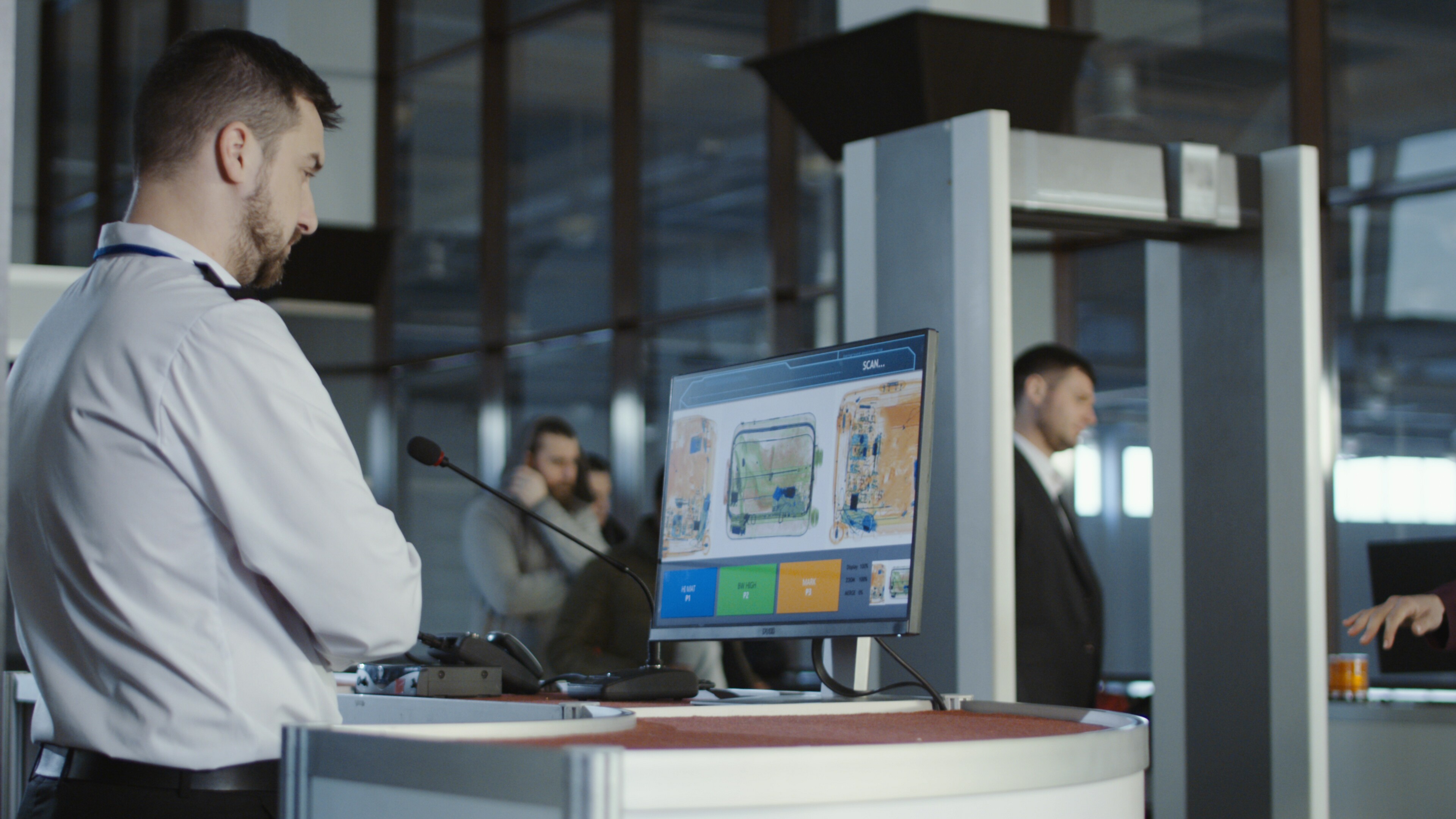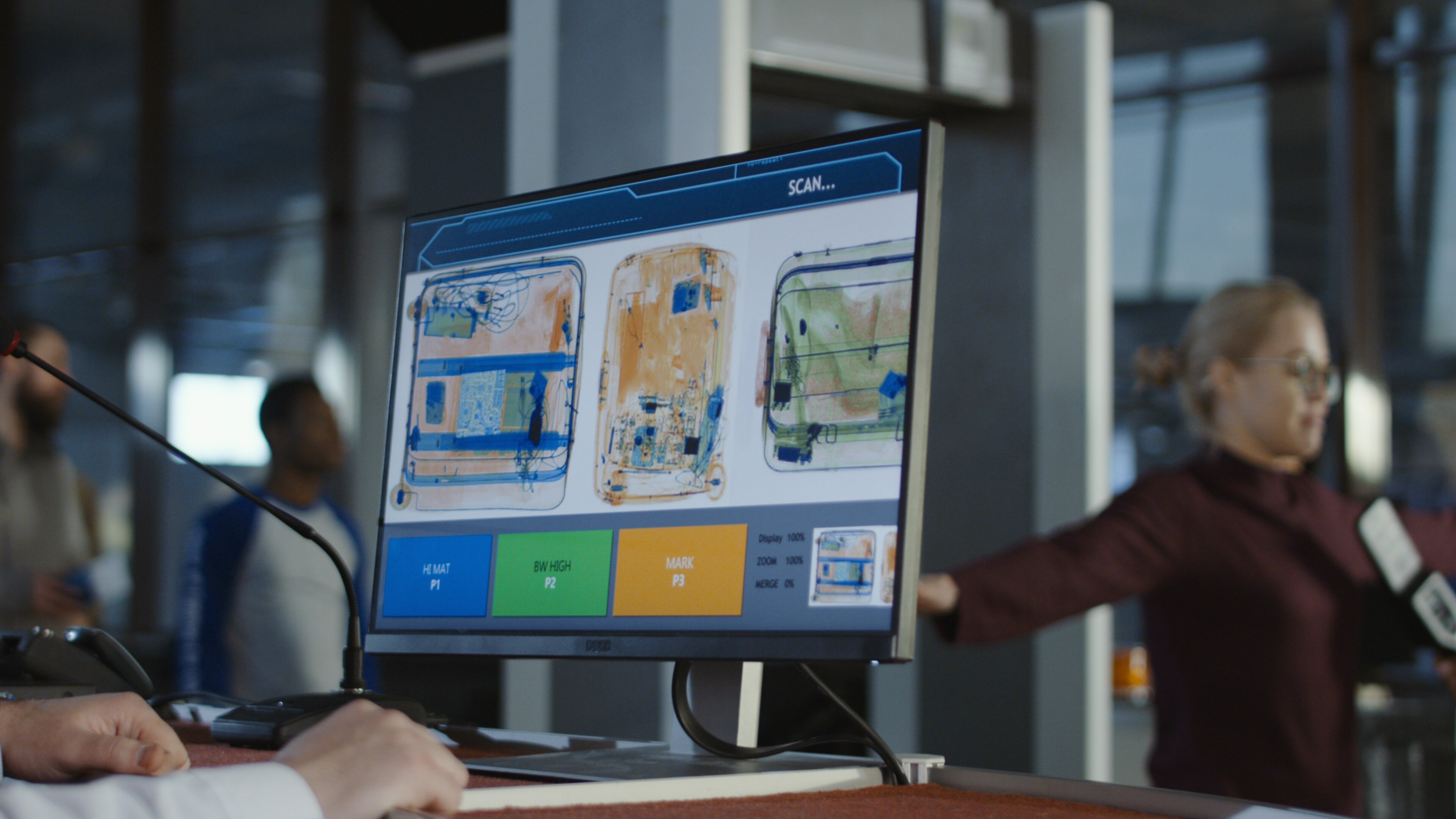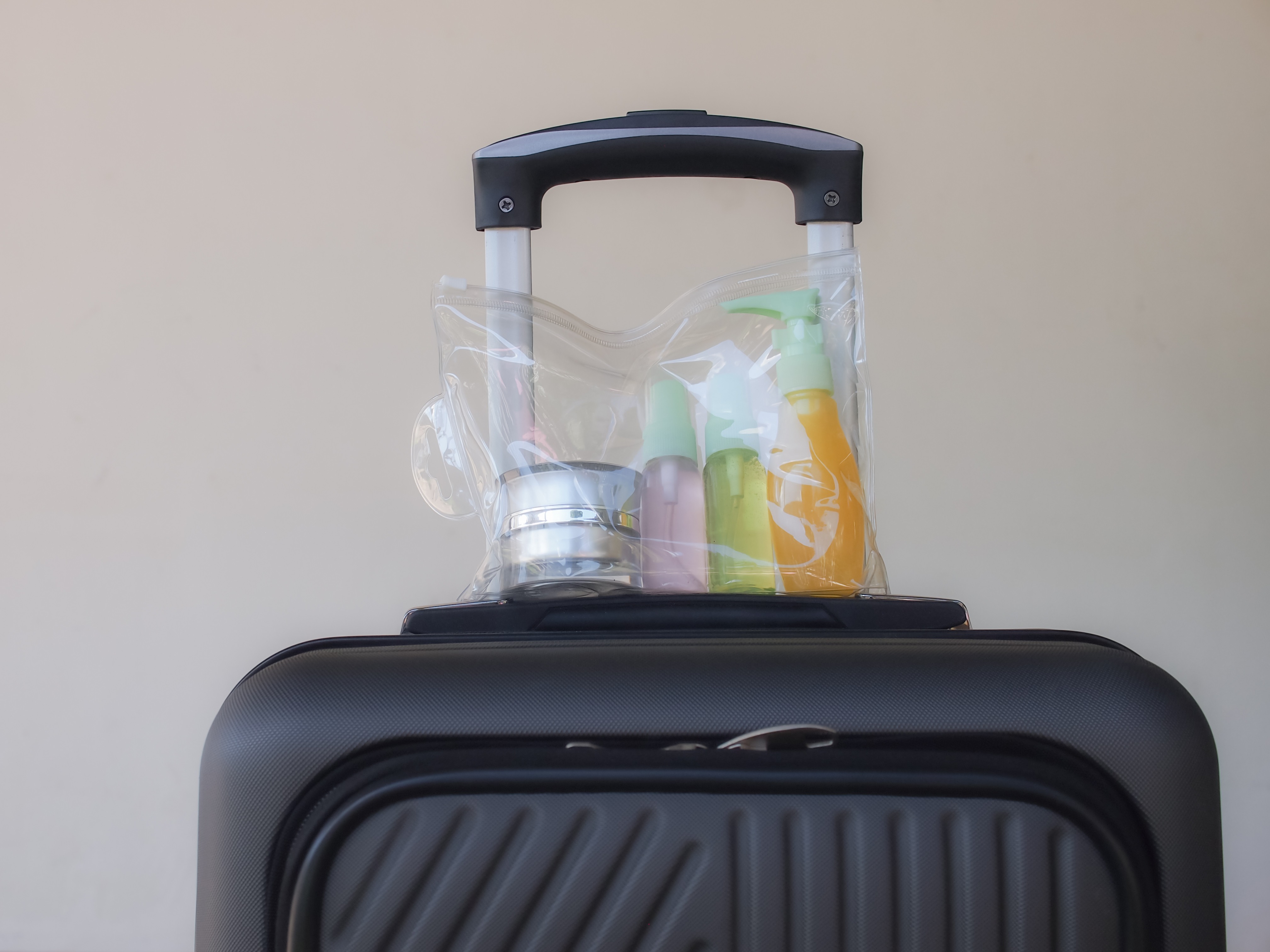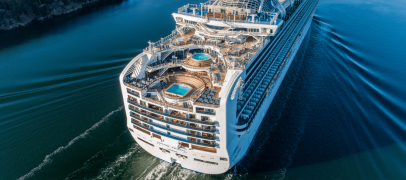

Understanding New Airport Rules: How Much Liquid Can You Take on a Plane in Hand Luggage?
07 Oct 2024 by Olga Brighton
Been through airport security this summer? Odds are, depending on which airport you passed through, your experience may have been slower than you had hoped.
Some European airports have speeded up the security check process by successfully installing new state-of-the-art technology. The new scanners allow passengers to leave their liquids, cosmetics, and electrical items in their hand luggage. Bags can be scanned without the need to display liquids and electronic devices, hence saving time and hassle through security.
This technology improvement is a welcome change and avoids that inevitable juggle through security.
The Ultimate Goal: Larger Liquid Quantities
The ultimate intention is to allow liquids of any quantity in hand luggage and do away with the 100ml restriction - but this aspect of the change has stalled due to concerns over the accuracy of scanners for larger liquid volumes. Airports Council International Europe (ACI) Director General Olivier Jankovec commented, “Security is non-negotiable, it is one of the top priorities of European airports.”
Travellers passing through Gatwick in August this year, and indeed some other popular holiday destination European airports, such as Faro, have enjoyed the benefits of leaving their luggage intact as they navigate security checks.
Explore our travel insurance policies to to ensure you’re covered during your travels.
Technological Advancement
Traditional technology utilises X-ray scanners, which are unable to show sufficient detail of the interior of objects in baggage such as explosive material in liquids. In contrast, the new technology uses sophisticated 3D scanners, displaying high-resolution images of baggage contents. This is intended for easy detection of dangerous items like explosives hidden in liquids or electronic devices.
Nevertheless, despite this welcome change for travellers, Brussels recently called for a return to the limit on liquid containers to 100 milliliters following a recent technical report presented at the European Civil Aviation Conference (ECAC), which indicated the results cannot be guaranteed as reliable for contents of more than 330 milliliters. This setback explains the partial implementation of the new systems while safety aspects are fully assessed.

Airports Financial Strain
The new state-of-the-art scanners are eight times more expensive to buy. Maintenance costs are also four times higher, so it is an enormous investment for airports. The fact that it’s not yet possible to fully utilise the new technology to its fullest capability and improve security, speed, and passenger experience is bad news for airports and passengers. Airports have shelled out for costly technology, yet security and operational benefits can’t be fully achieved.
Passengers have not yet seen the full benefit of quicker, simpler, yet safe checks. You will have also noticed the advanced full-body scanners at airports - these high-tech C3 scanners are also part of the recent airport investments aimed at improving passenger experience and security.
Read also: Best Travel YouTube Channels to Inspire You

Exemptions to the 100 ml Rule
There are certain exceptions that permit you to carry more than 100ml in your hand luggage. You should verify this with the airports you are traveling through before your journey. For all UK airports, according to the Foreign, Commonwealth and Development Office (FCDO), this includes liquids essential for medical purposes; special dietary requirements (for medical reasons), or baby milk/food. This must be essential for your journey.
You will need proof that medication is prescribed to you (e.g., carry the prescription and medication in its original labelled packaging). Check the FCDO, or your government website for guidance.
One thing is certain, whenever travelling outside your home, remember to get Travel Insurance to protect you whilst you’re away.
Check out these 10 Winning Travel Hacks to make your journey smoother and more enjoyable.
We accept

